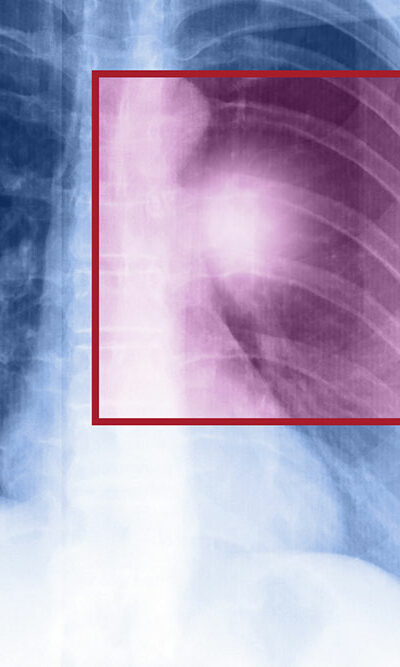
Things You Should Know about Meniscus Tear Treatment
Both our knee joints have a meniscus, which is a cartilage that acts as padding between the femur and tibia. This piece of cartilage can be damaged or torn while performing activities that exert pressure on the knee joints. For people who play games like football, basketball, soccer, and tennis, a meniscus tear is quite common. However, it is not necessary that only athletes get a meniscus tear, just a sudden and careless movement of standing from a squatting position, a pivot turn, or heavy lifting is good enough to cause a meniscus tear. Meniscus tear treatment, of course, then depends on the severity of the injury, which may vary from home remedies to surgery. However, being a little careful while exercising or playing goes a long way to help prevent injury to the menisci. Who is more prone to a meniscus tear? Children, adolescents, as well as aged people, anyone can get a meniscus tear. Children and adolescents can injure their menisci while playing organized or competitive sports. As the meniscus also tends to weaken with age, tears are more widespread in people who have crossed the threshold of 30 years. Someone with weak menisci, weaker and thinner cartilage can even get it injured from squatting or misstepping. People with osteoarthritis are also at a high risk of injuring the knee cartilage. Symptoms of a meniscus tear are many, starting right from pain, swelling, difficulty in movement or bending the knee, knee giving way, and a knee locking and popping sound coming from the area around the knee joint. In case you find any of these symptoms, it’s advisable that you see your doctor. The diagnosis of a meniscus tear is done through various ways like a physical exam, image tests, knee x-ray, MRI, Ultrasound or arthroscopy depending on the condition of the knees and symptoms.










